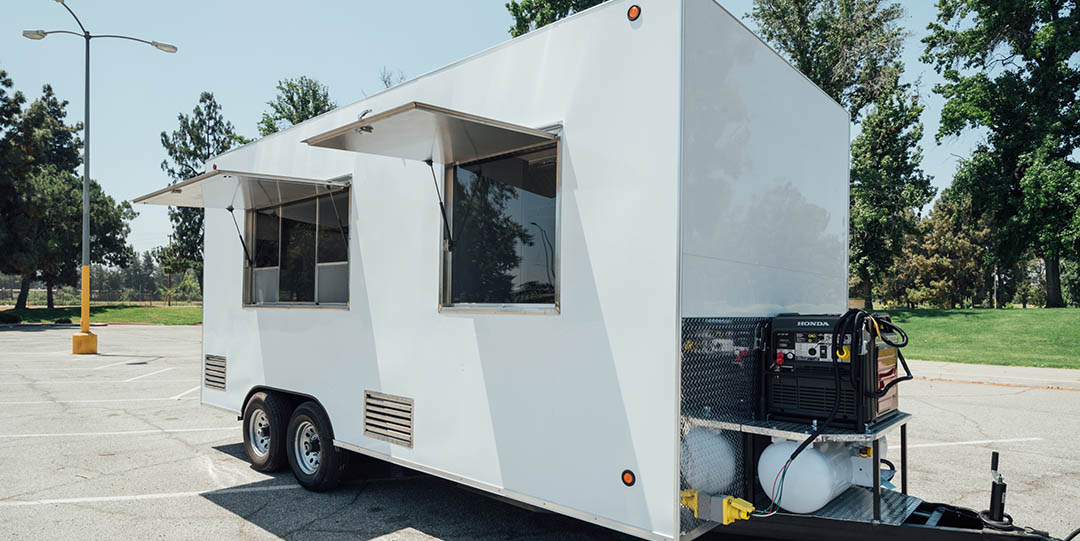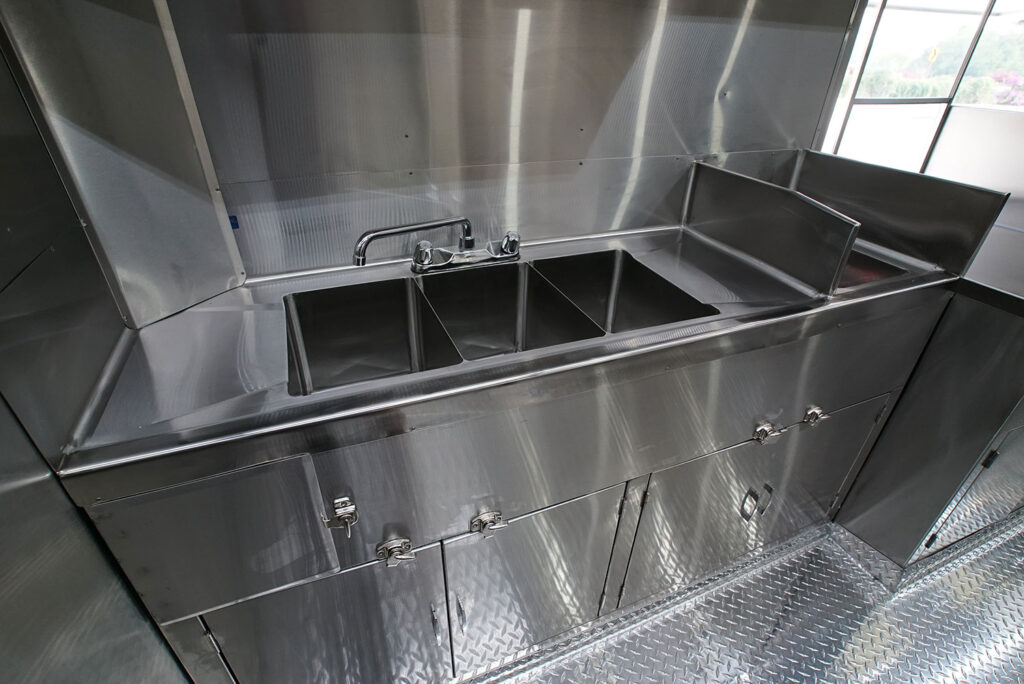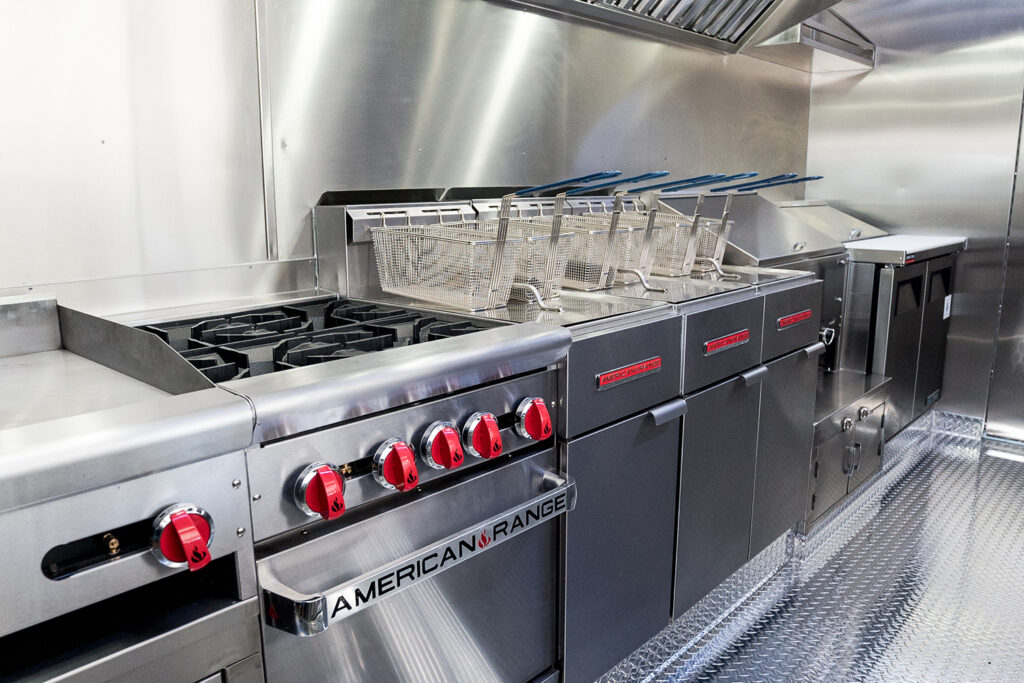A kitchen needs a range of gas and electrical appliances such as refrigerators and microwaves to store and cook food. And since these units are mobile, it’s impossible to source power from your typical power grid.
In this article, we will look at some food truck equipment used to power mobile restaurants. We shall highlight benefits, drawbacks, and the amount of power your food truck needs to fulfill the desired operations.
Top Food Truck Equipment Used for Power
People use three main machines to power food trucks today: Portable Generators, solar panels, and Liquefied Petroleum Gas cylinders (LPG). Let’s take a look!
Diesel and Gas Generators
Portable diesel generators are hands down the most commonly used power source for food trucks. This is because they are relatively affordable and durable enough to withstand long periods of continuous use. The generator will usually have in place 230v sockets which are connected using a mains lead to the truck’s power inlet. So, for as long as the generator is running and has fuel, you can plug in all your electrical equipment and use them as you please.
The main drawback, however, is that diesel generators are a bit loud in operation. They also release higher amounts of CO2 into the atmosphere.
Liquefied Petroleum Gas
Next to electrical power, food trucks rely heavily on gas-powered equipment like grills, griddles, and cast iron burners. And for this, you’ll need to connect to a propane gas cylinder. Well, nothing does this better than Liquefied Petroleum Gas (LPG).
Being a low carbon fossil fuel, LPG is especially good for the environment. It burns clean and is also significantly cheaper than petrol. The downside, however, is that the cylinders tend to be heavy and, therefore, less mobile. They also produce less power than petrol generators.
Solar Power
Although currently the least common power source, solar power is rapidly gaining popularity as an alternative power source for food trucks. It is preferred because it is both renewable and extremely eco-friendly. Usually, a solar panel would be mounted on the food truck’s roof where it can absorb all those good UV rays during the day. The power is then stored in a battery and used to power your food truck’s electrical appliances.
Solar power generally has lower maintenance costs and is easy to operate. The drawback is that it is dependent on sunlight, which means it won’t be as efficient in cloudy or rainy regions. The panels also have a high initial cost and will take up a lot of space on your truck.
How Much Power Does Your Food Truck Need?
By now, you know a thing or two about some food truck equipment you can use to supply power. You’ve probably even identified one or two. But before you buy one, it’s important to figure out the exact amount of power you’ll need to fulfill all your needs so you can get the best equipment.
For basic operations, like running small equipment like blenders and fridges, you will need a generator with a minimum of 3000 watts or 25 amps. This should also suffice if you are supplementing electrical power with a lot of LPG-powered equipment.
If your truck runs primarily on electrical appliances, you should go for a larger generator with more power. This should be anywhere between 5000 and 7000 watts.
Build Your Dream Food Truck Today!
At legion food trucks, we pride ourselves on our vast array of food trucks and food truck equipment in the market. Visit us today and get to choose and design your truck to feature all the equipment you need.








